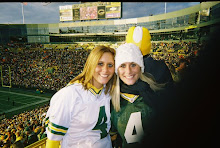
Reading
Woolvs In The Sitee by Margaret Wild, was definitely an interesting experience. The book was eerie, yet intriguing. I was spooked instantaneously after turning to the first page and before reading a single word of the text, due to the large, black, spider-like object that clung to a crooked black tree in
Spudvilas' opening illustration.
Woolvs In The Sitee is about a young boy named Ben, who is left alone and confined to his basement after wolves take over the city in which he lives. He has one friend to turn to, his neighbor Missus
Radinski, but she doesn't believe him about the wolves.
The first thing to be noticed when reading this book is the use of misspelled and made-up words, along with the intense illustrations. For the most part I found myself curious and confused, however, there was one thing in which I was certain, the theme; the theme that "no one is spared" is introduced immediately and remains throughout the book. The pictures are deep and dark, with scary depictions of the sky, wolf eyes peering through the backgrounds, possessed-looking human faces staring out the windows and shadows of blurry
unspared faces.
As the reader, there is an instant feeling of desperation and helplessness for the worried and lonely main character, Ben. There is a sense of hope when Missus
Radinski gets introduced, becoming aware that Ben is not alone. It leads one to wonder if there is something seriously wrong with the young boy, if he is disturbed in some way, or if he is truly experiencing something tragic.
After finishing the book, I am left a bit dismayed and certainly not without questions. How long was Ben cooped up in the basement? In the end Ben makes it out into the world and escapes the Wolves. Does this mean that Ben is brave? I am suspicious of the ending and feel like the whole thing is twisted. Is it possible that Ben is the wolf...













































